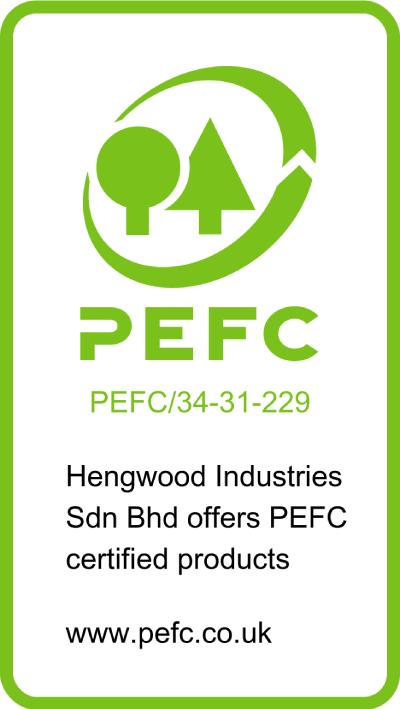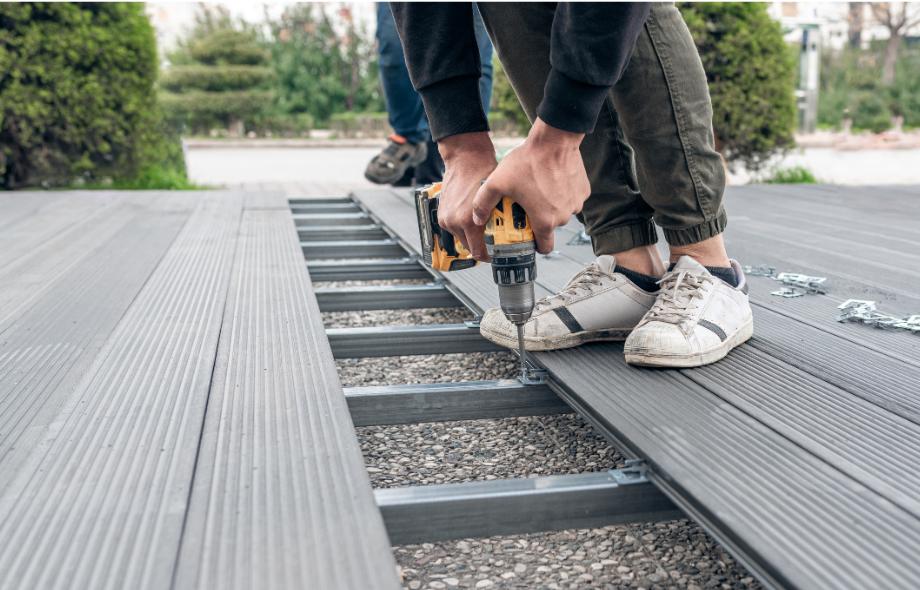
The choice between composite and solid wood decking is often framed as a decision between environmental friendliness and durability. However, a thorough examination of various factors reveals a more nuanced picture. In this journal, we delve into the environmental considerations surrounding composite and solid wood decking, exploring resource extraction, heat resistance, processing methods, disposal, embodied energy, and ecological impact.
Resource Extraction and Processing:
Composite decking relies on the extraction of raw materials such as wood fibers and plastics. While recycled materials are often incorporated, the energy-intensive process of transforming these materials into decking boards must be considered. Solid wood decking, on the other hand, derives from responsibly managed forests, promoting sustainable forestry practices and minimizing environmental impact.
Chemical Treatments and Additives:
Composite decking may require chemical treatments and additives during production, raising concerns about environmental and health implications. These additives can leach into the environment over time, potentially affecting surrounding ecosystems. Solid wood decking, when sourced responsibly, eliminates the need for such chemical treatments, offering a natural and eco-friendly alternative.
Plastic Material and Heat Resistance:
Composite decking, containing plastic elements, can become significantly hotter than solid wood decking when exposed to direct sunlight, particularly during peak hours. This heat retention can lead to discomfort for barefoot occupants and limit the usability of the deck in hot climates or summer months. In contrast, solid wood decking possesses natural insulating properties and tends to remain cooler to the touch, even under prolonged sunlight exposure. This heat resistance makes solid wood decking a more comfortable option for outdoor gatherings and leisure activities during warm weather conditions.
End-of-Life Disposal:
The disposal of decking materials at the end of their lifespan presents distinct challenges. Composite decking, while recyclable in theory, may face practical limitations in recycling capabilities and end up in landfills. In contrast, solid wood decking is biodegradable and minimizes its environmental footprint upon disposal, supporting circular economy principles.
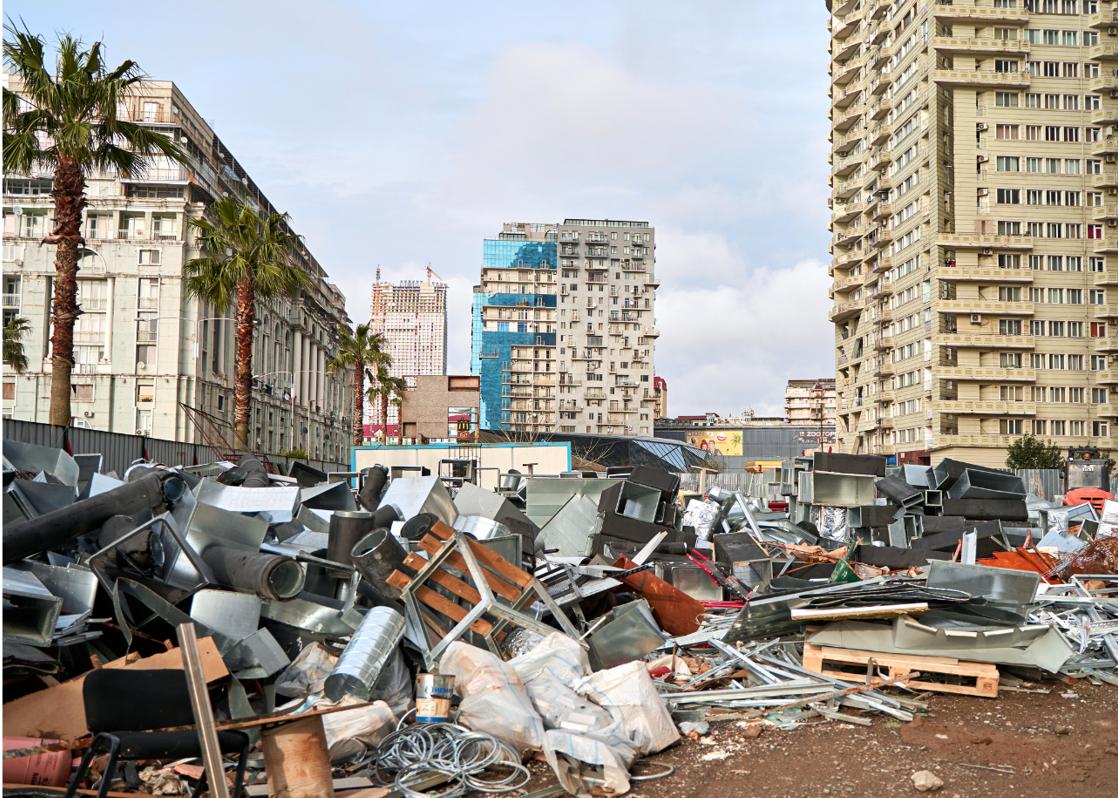 Embodied Energy and Carbon Footprint:
Embodied Energy and Carbon Footprint:
A lifecycle analysis reveals the total energy consumption and carbon footprint associated with manufacturing, transportation, and installation of decking materials. Besides, the carbon sequestration potential of solid wood decking throughout its lifecycle contributes to its overall environmental benefits.
Environmental Certifications and Standards:
Certifications such as FSC and PEFC ensure that solid wood decking adheres to rigorous environmental standards, promoting responsible forestry management. Similarly, eco-labels and certifications for composite decking signify compliance with environmental regulations. Educating consumers about the significance of these certifications empowers them to make informed choices aligned with sustainability goals.
Ecological Impact and Habitat Preservation:
The ecological impact of decking materials extends to habitat preservation and biodiversity. Responsible forestry practices for solid wood decking prioritize habitat preservation and ecosystem health, safeguarding biodiversity. Conversely, the extraction and processing of raw materials for composite decking may contribute to habitat destruction and ecosystem disruption.
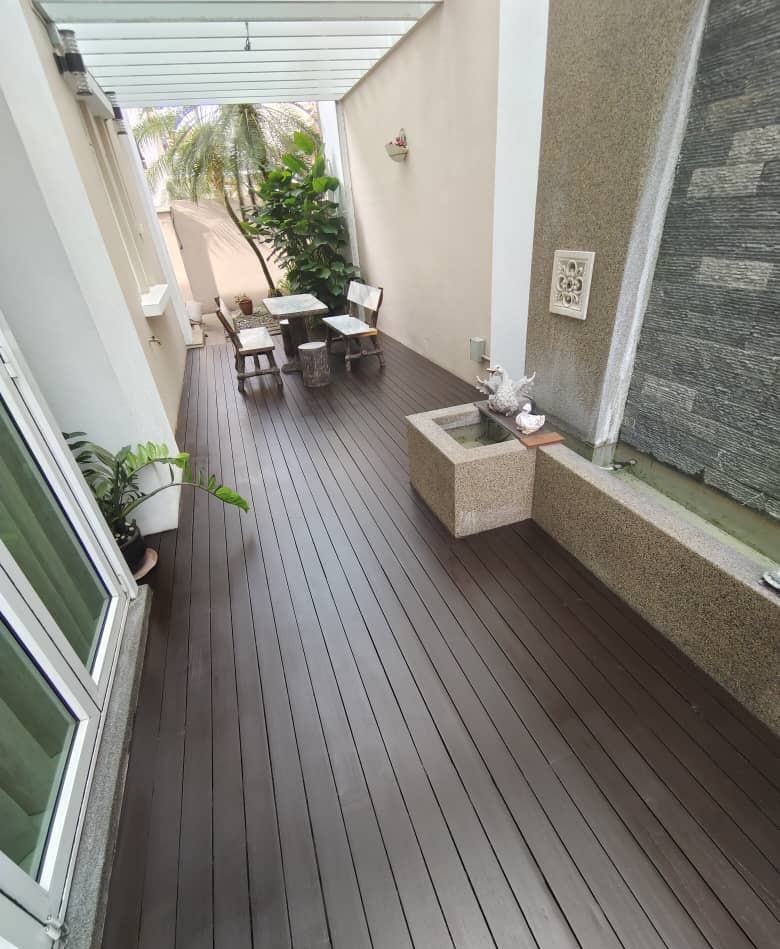 The comparison between composite and solid wood decking goes beyond surface-level considerations, encompassing a multitude of environmental factors. By evaluating resource extraction, chemical treatments, disposal methods, embodied energy and ecological impact, stakeholders can make informed choices that prioritize sustainability and environmental responsibility in decking projects. As awareness grows and sustainable practices become increasingly integrated into the construction industry, the path towards environmentally friendly decking solutions becomes clearer.
The comparison between composite and solid wood decking goes beyond surface-level considerations, encompassing a multitude of environmental factors. By evaluating resource extraction, chemical treatments, disposal methods, embodied energy and ecological impact, stakeholders can make informed choices that prioritize sustainability and environmental responsibility in decking projects. As awareness grows and sustainable practices become increasingly integrated into the construction industry, the path towards environmentally friendly decking solutions becomes clearer.
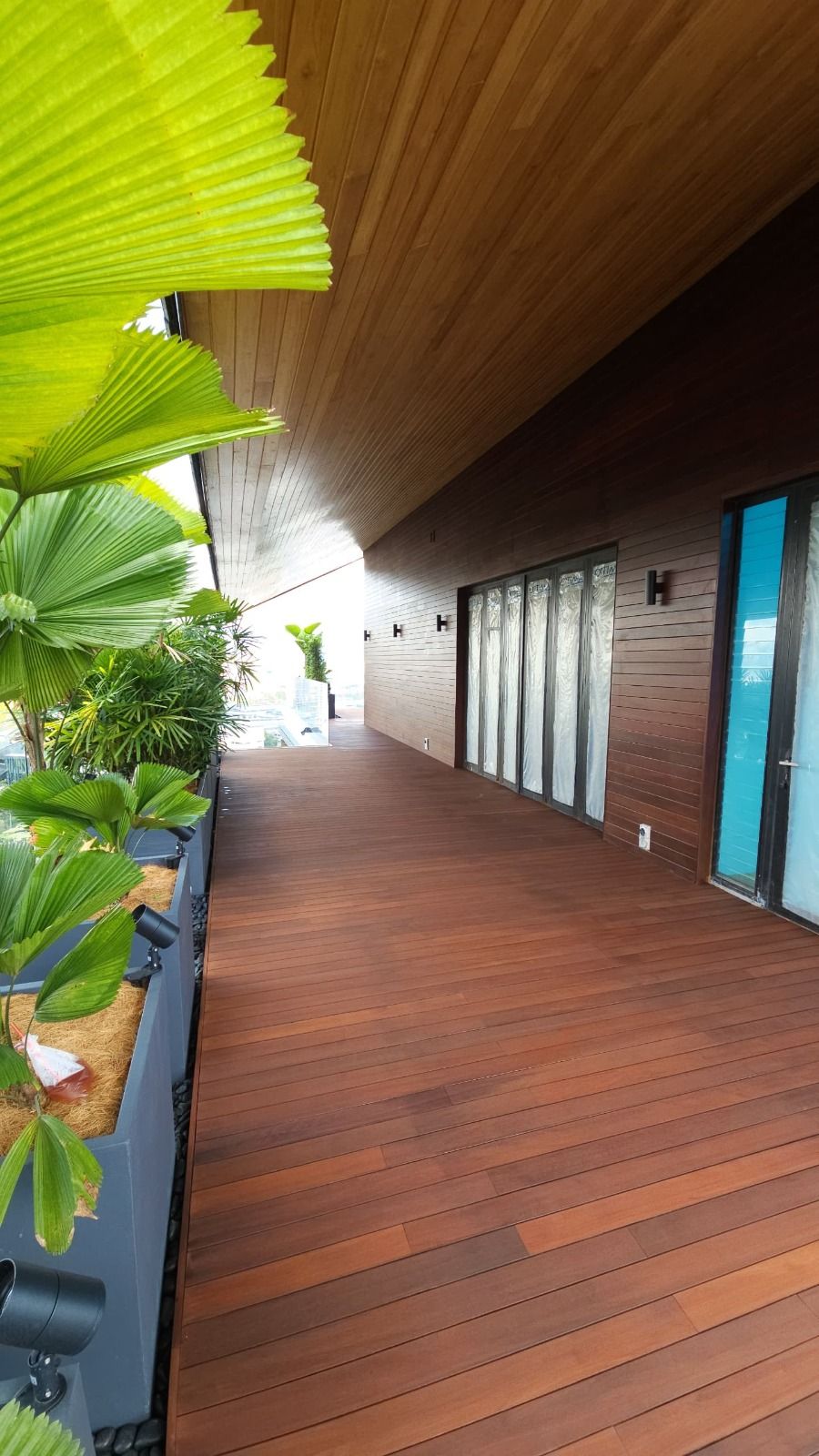
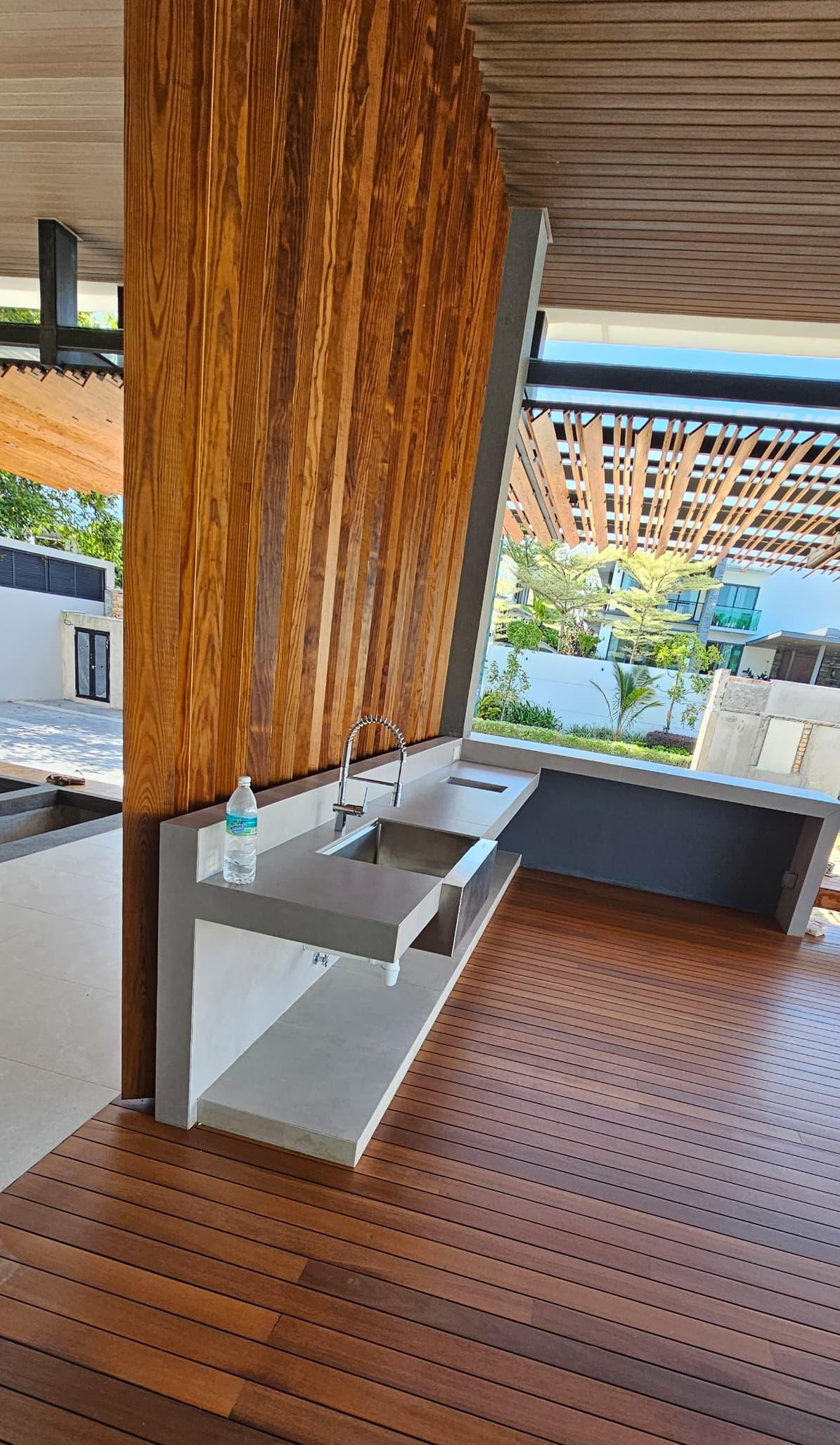
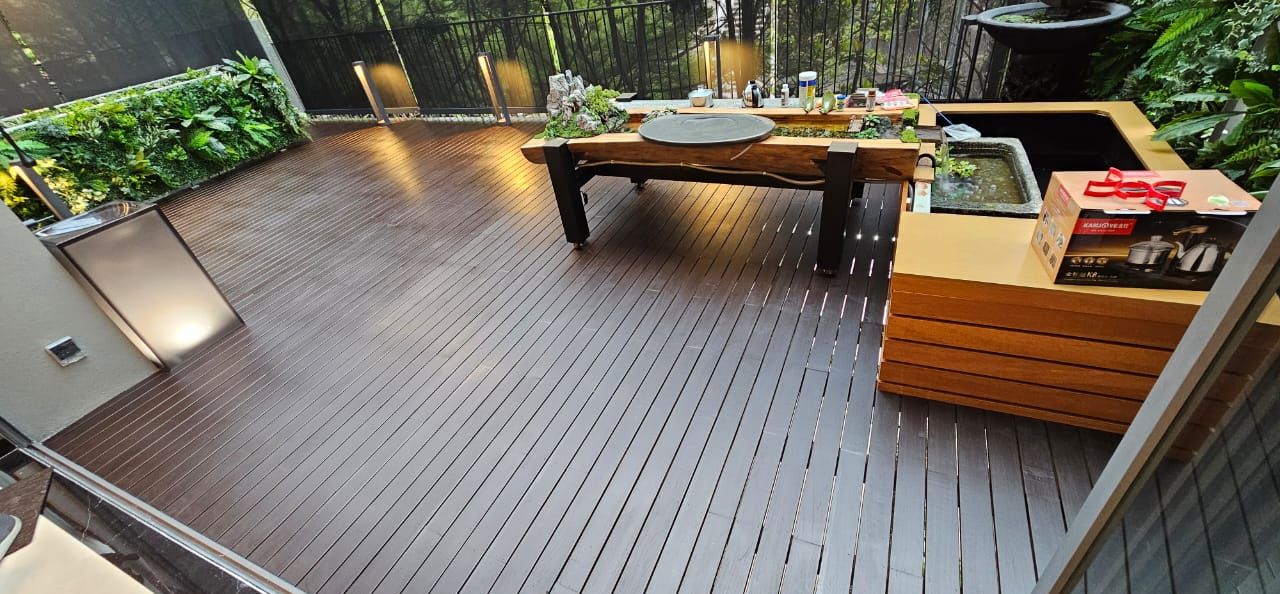 #SolidWoodDecking
#SolidWoodDecking
#WoodDeck




